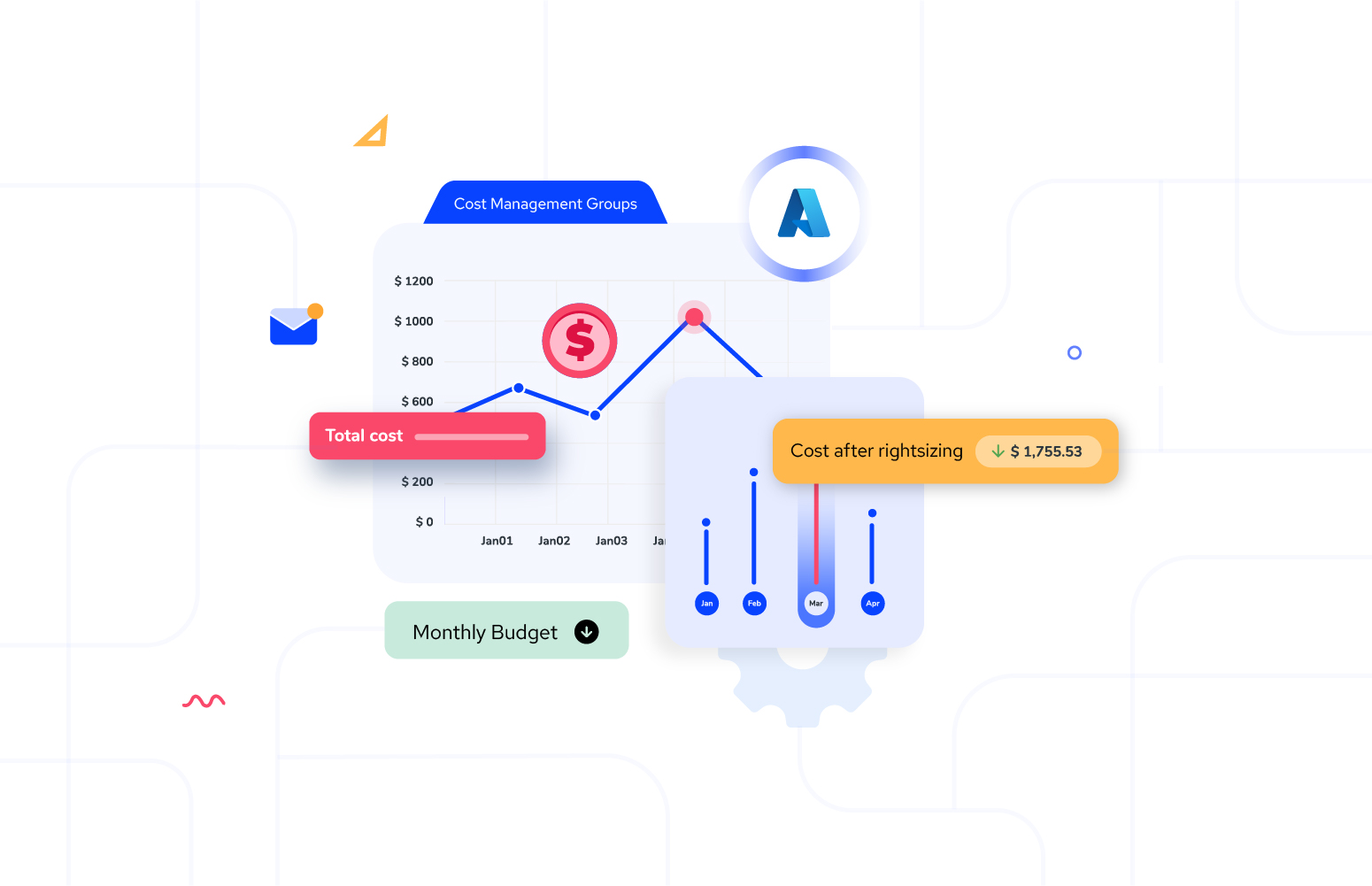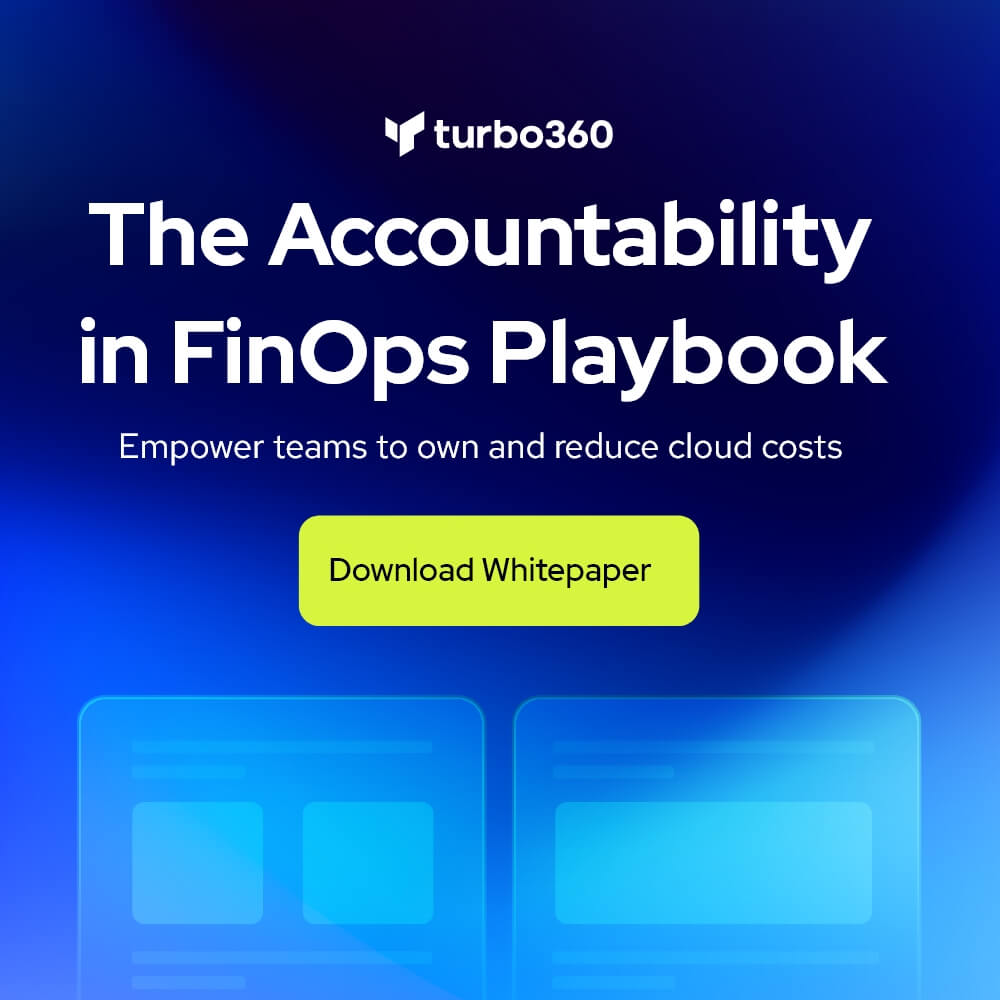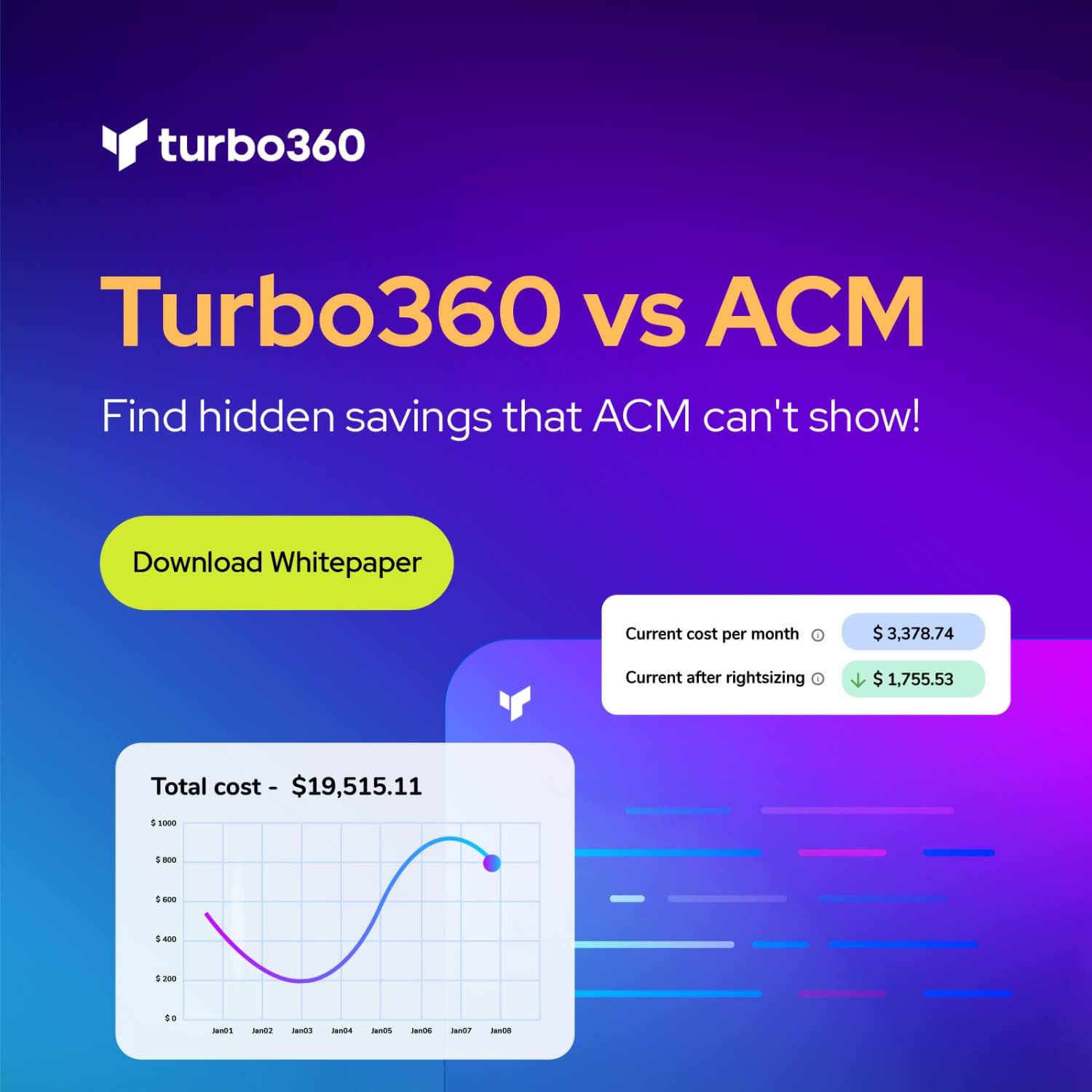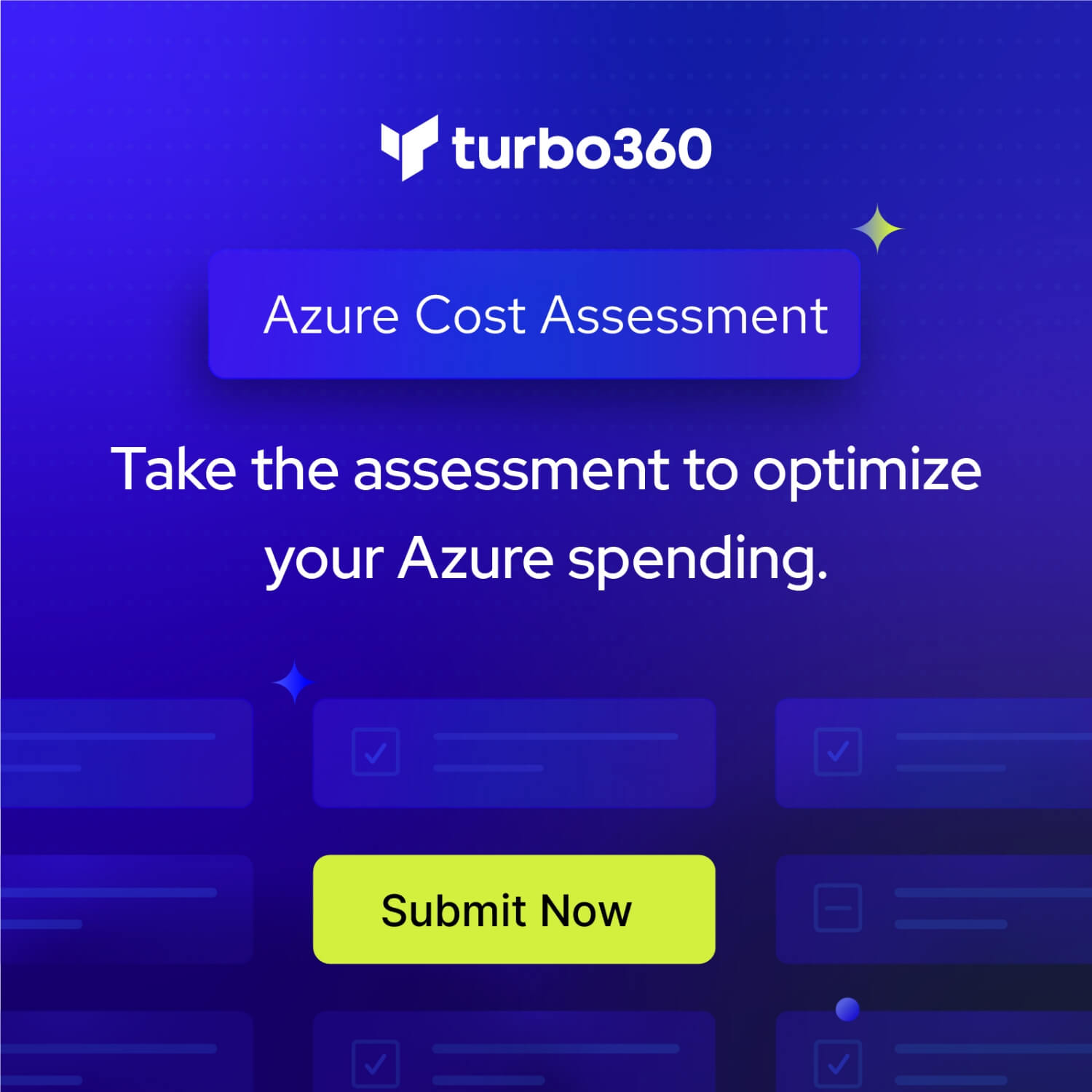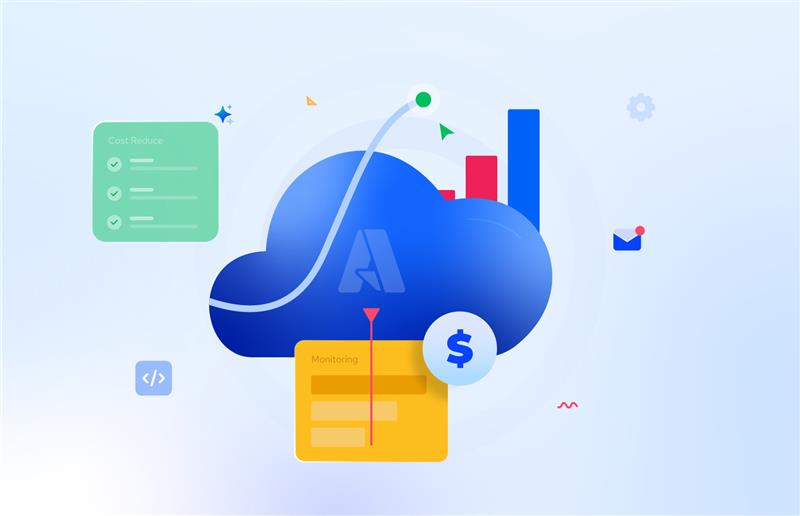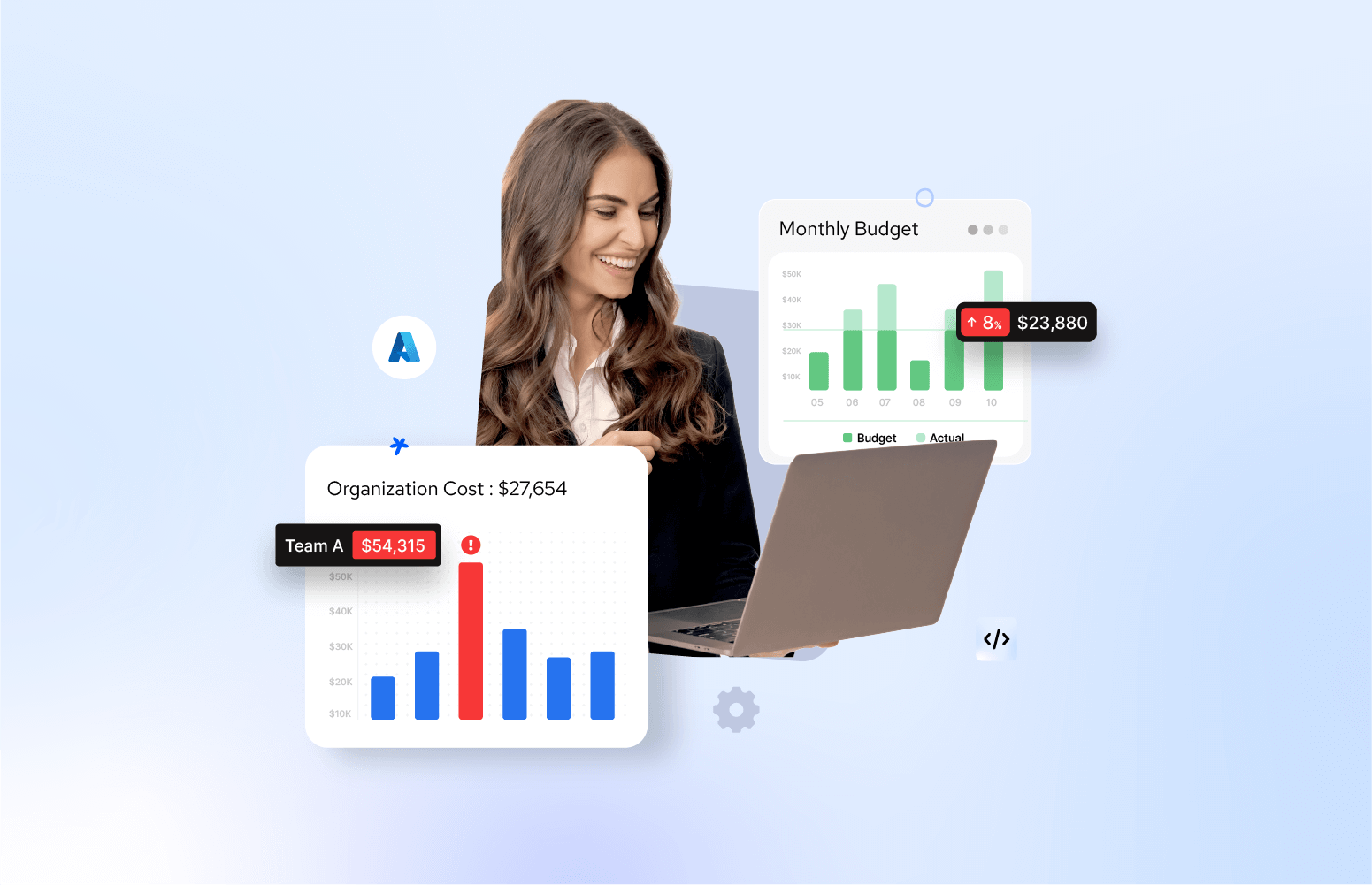Understanding the cost of Azure resources at a granular level is critical for managing budgets effectively. With resources deployed across different resource groups-be it by teams, departments, or projects-tracking expenses can become complex.
By analyzing costs per resource group, organizations can allocate ownership, identify cost spikes, and ensure accountability. This blog explores how Turbo360’s Cost Management Groups simplifies Azure cost analysis, empowering finance teams to gain clarity and control.
Importance of Analyzing Azure Cost Per Resource Groups
In an organization, resources deployed on Azure often serve diverse teams such as marketing, sales, engineering, and consulting. Each team may have its own resource requirements, leading to the creation of separate resource groups tailored to their operations. By analyzing Azure costs at the resource group level, organizations gain clarity on the expenses incurred by each team.
This structured approach offers several advantages. First, it enables teams to take ownership of their cloud usage and identify opportunities to optimize costs. Second, it empowers the finance department to effectively allocate budgets, monitor spending patterns, and forecast future expenses. Finally, by associating resources with their respective resource groups, organizations can ensure accountability and quickly address unexpected cost spikes.
Such cost insights not only streamline financial management but also support strategic planning by aligning cloud expenditures with business goals. This makes resource group-level cost analysis an invaluable tool for organizations striving for efficient cloud governance.
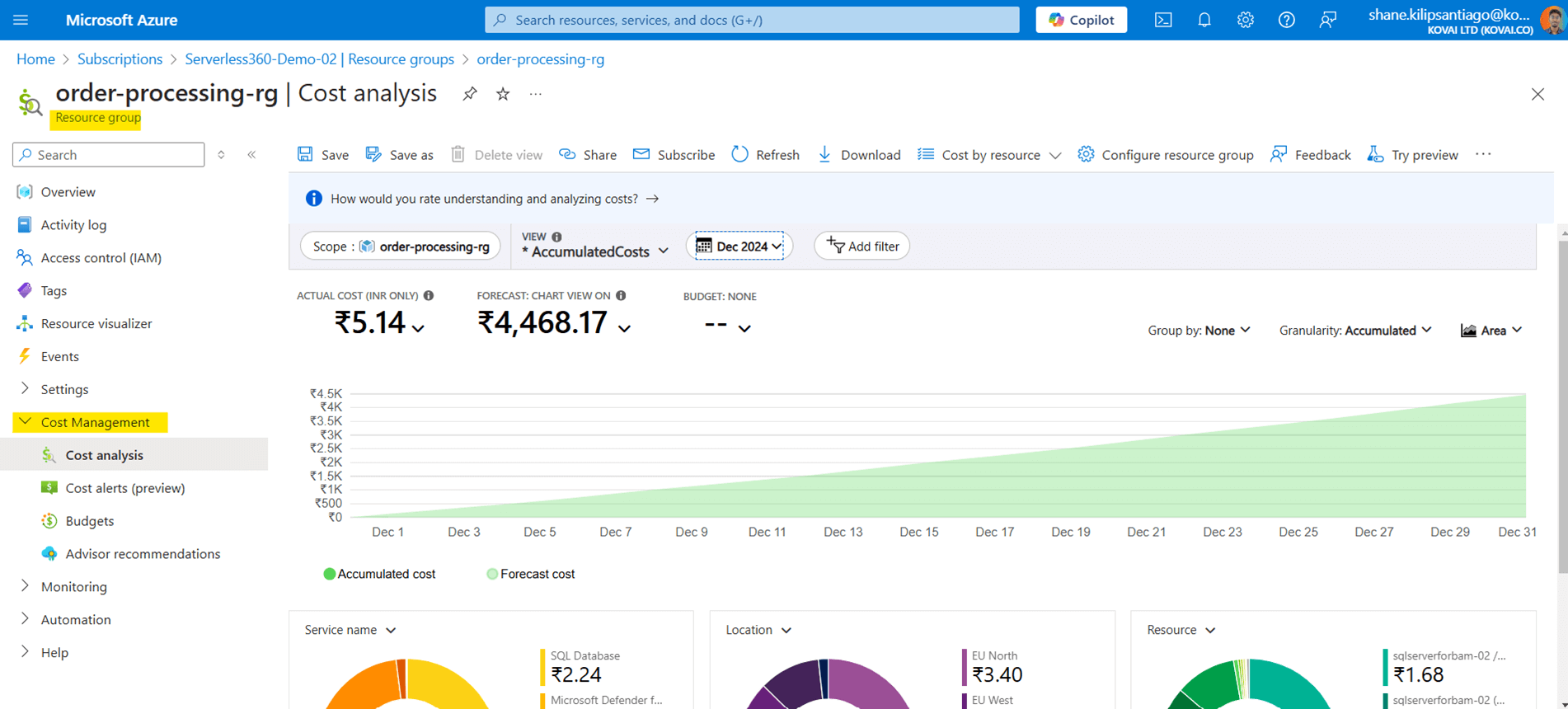
Can I use Azure Native tool to view costs associated to resource groups?
Yes, Azure Cost Management allows you to analyze the costs associated with each resource group effectively. By narrowing the scope to a specific resource group, you can gain detailed insights into the expenses incurred. Azure provides various built-in views to help visualize costs, such as daily costs, accumulated costs, cost by service, and invoice details.
Additionally, Azure’s smart views enhance cost analysis by differentiating between actual costs and reservation costs over specified time intervals. This level of granularity enables better tracking and understanding of resource expenditures. Azure Cost Management also supports forecasting at the resource group level, allowing organizations to predict future expenses and make informed decisions.
With these tools, Azure makes it simple to monitor and manage resource group costs, empowering teams to maintain accountability while helping the finance department stay on top of budget planning and usage trends.
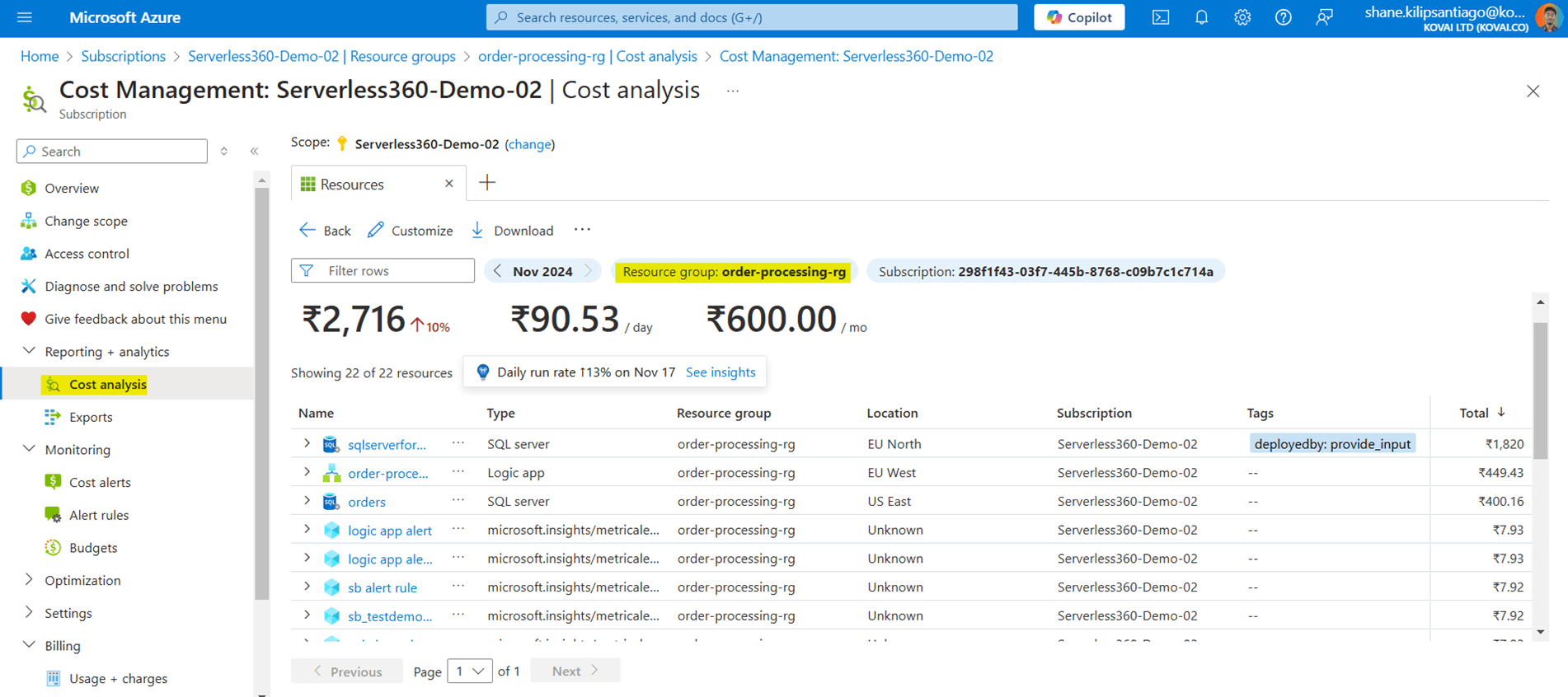
How to analyze Azure Cost per resource groups using Turbo360?
Managing Azure costs effectively is critical for organizations leveraging cloud services. Analyzing Azure costs per resource group can be streamlined with the help of Cost Management Groups in Turbo360 Cost Analyzer. These groups provide a structured way to group and analyze costs across multiple subscriptions and tenants.
What Are Cost Management Groups?
Cost Management Groups, similar to Azure’s resource groups but with broader scope, allow organizations to cluster resources based on specific dimensions such as departments, projects, or products. Unlike standard resource groups, the resources grouped for cost analysis don’t need to reside in the same subscription or resource group. This flexibility makes it an excellent tool for organizations managing diverse projects across various teams.

Benefits of Cost Management Groups
Cross-Subscription Grouping:
Resources can be grouped regardless of their subscription or tenant. This enables a holistic view of costs, irrespective of their underlying location.
Read more: How to Analyze Azure costs for multiple subscriptions?
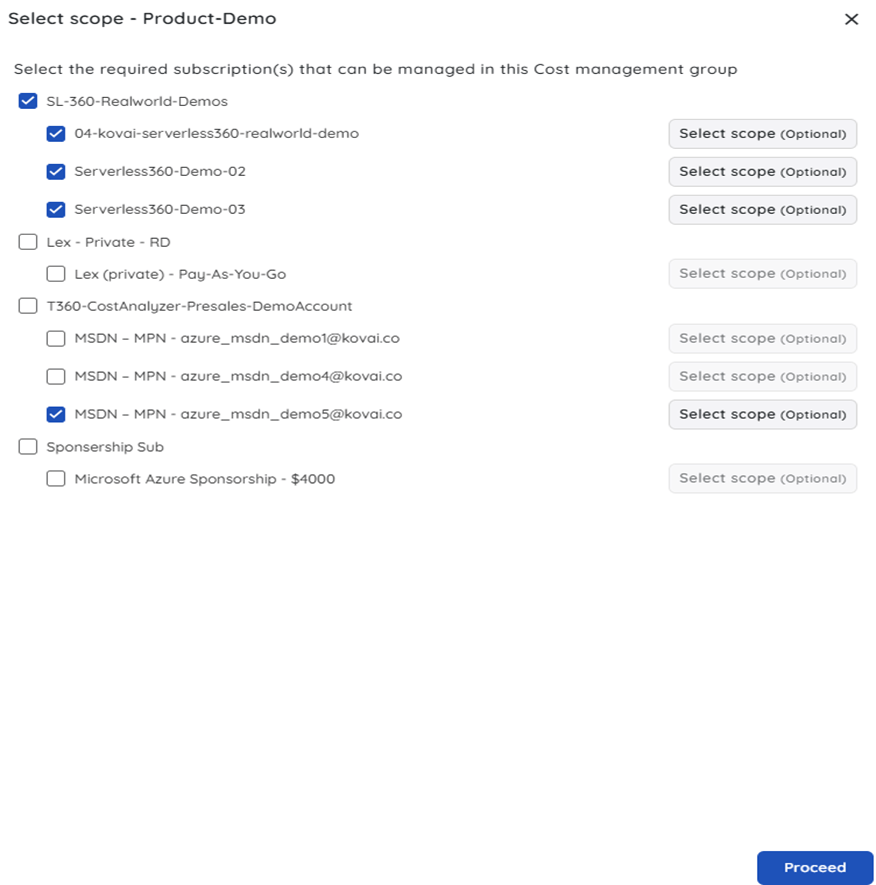
Customizable Group Names:
Departments or teams can define group names that align with their specific projects or operational units, improving clarity and accountability.
Ownership and Management:
Individual users or teams can be assigned ownership of specific Cost Management Groups. These users can monitor and manage their resources and associated costs efficiently.
This fine-grained access control is much simpler than the Azure portal and can let you allow users to see costs without having to worry about accidently giving them elevated priviledges within Azure.
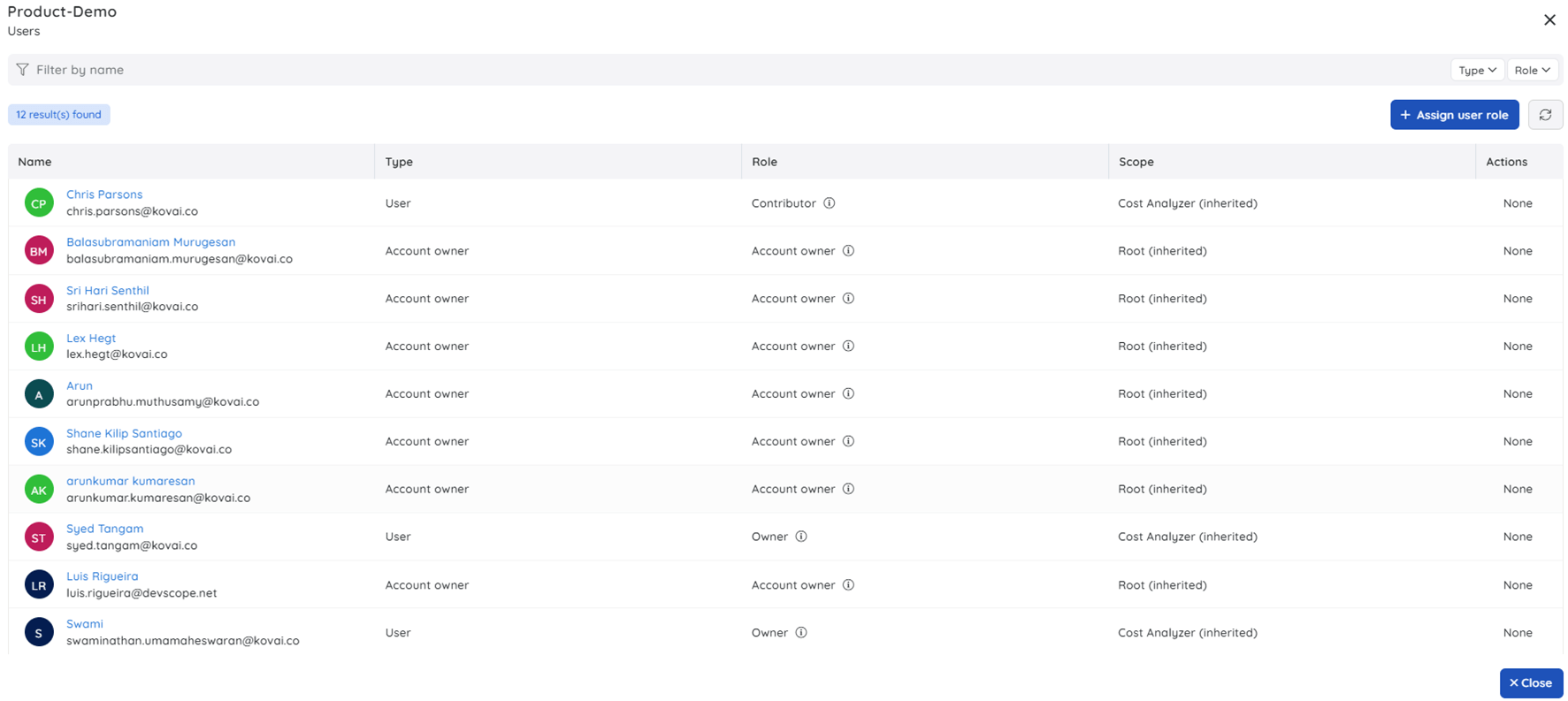
Cost Spike Accountability:
When a sudden cost spike occurs, finance teams can quickly identify the responsible Cost Management Group. This accountability ensures timely corrective actions and encourages better cost management.
User Activity Logging:
All actions performed within Cost Management Groups are logged. This provides valuable insights into user activities and enhances transparency and traceability for cost analysis.
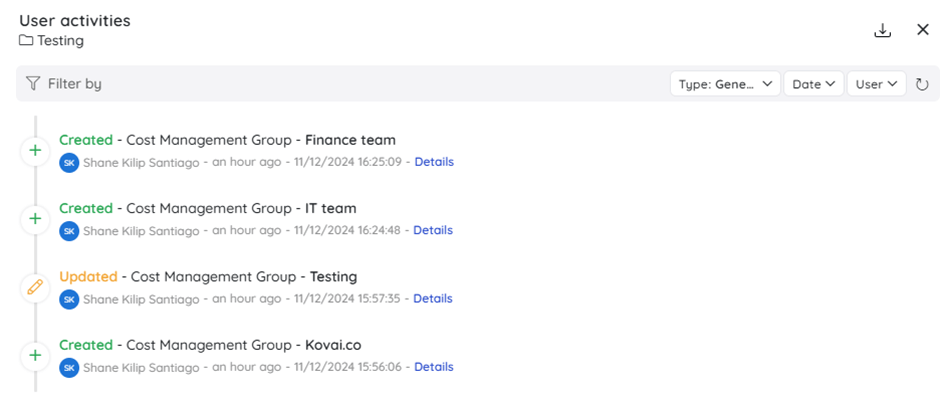
Why Turbo360?
Analyzing Azure costs at the resource group level is pivotal for achieving effective cloud governance and financial management. Tools like Azure Cost Management and Turbo360’s Cost Management Groups provide organizations with the insights and control needed to allocate budgets accurately, monitor usage, and maintain accountability.
By empowering teams with ownership and enabling granular cost analysis, these tools ensure that cloud expenditures align with business objectives while preventing cost overruns. Leveraging these solutions can drive strategic planning and optimize cloud investments, making them indispensable for modern organizations. Therefore, its ideal to understand the costs incurred by specific teams or projects which can be achievable using Turbo360’s cost management group feature.

